Architectural Fiberglass (FRP) Columns and Decorative Capitals
Fiberglass (FRP) Columns and Column Covers
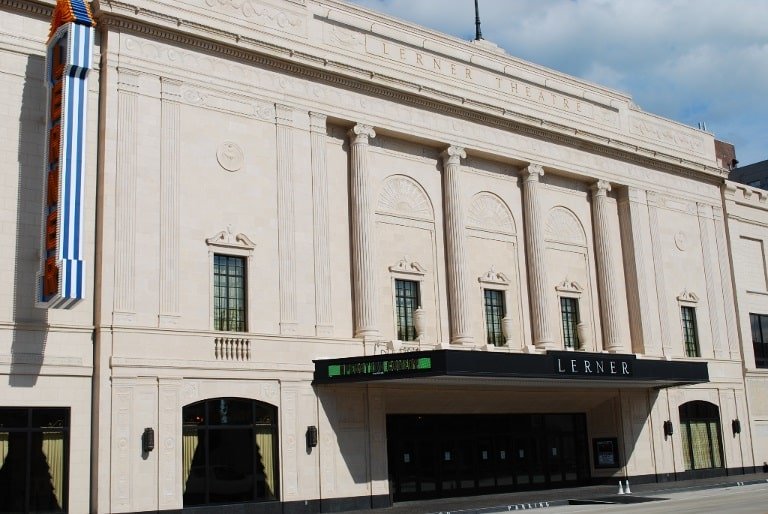
For drawings, visit our download page.
Architectural Fiberglass, Inc offers two types of fiberglass columns and column covers manufactured with different advantageous material properties, manufacturing processes, and price points. All columns are manufactured with architecturally correct proportions, weatherproof, insect free, and with minimal maintenance when compared to other materials. Columns range from 6 inches in diameter to 48 inches in diameter and up to 30 feet tall. It may be beneficial to specify a combination of fiberglass column materials when a project requires multiple sizes and styles of columns. Below is a brief description to help evaluate which column material is best for your application. Fiberglass columns and column covers are usually specified by giving the bottom diameter, the height, and specifying the style such as round, square, tapered, straight, smooth, or fluted.
Centrifugal Spun Cast Fiberglass Reinforced Polymer (FRP) Composite Columns.
Refer to column drawings and/or column specifications.
Usually referred to as Fiberglass Polymer Composite Columns, they are manufactured as structural columns and can hold substantial weight. Fiberglass polymer composite columns are hollow throughout which allows the columns to be factory or field split in halves to wrap structural posts if needed. These columns are the most dense and heaviest of all the fiberglass column materials available. The column material thickness is from 1/4″ to over 1″ and is similar to concrete or cultured marble.
The advantage of fiberglass composite columns is that they are very hard to the touch and solid sounding if knocked upon. Fiberglass composite columns can be manufactured in standard sizes that range from 6″ to 24″ diameters. Heights range from 6′ to 24′. They have load bearing capacities from 6,000 to 20,000 pounds. Fiberglass columns can be manufactured round, tapered, straight, smooth, or fluted. Columns can also be manufactured square and can be manufactured with a variety of matching decorative capitals. Fiberglass polymer composite columns are mass produced and the most economical and practical for smaller sized commodity type columns ranging from 6″ diameter to 14″ diameters and are still fairly manageable despite their heavy weight. Columns larger than 14″ diameters may require additional manpower or lifting equipment. All polymer composite columns require painting after installation and the design is limited only to the standard sizes listed above.
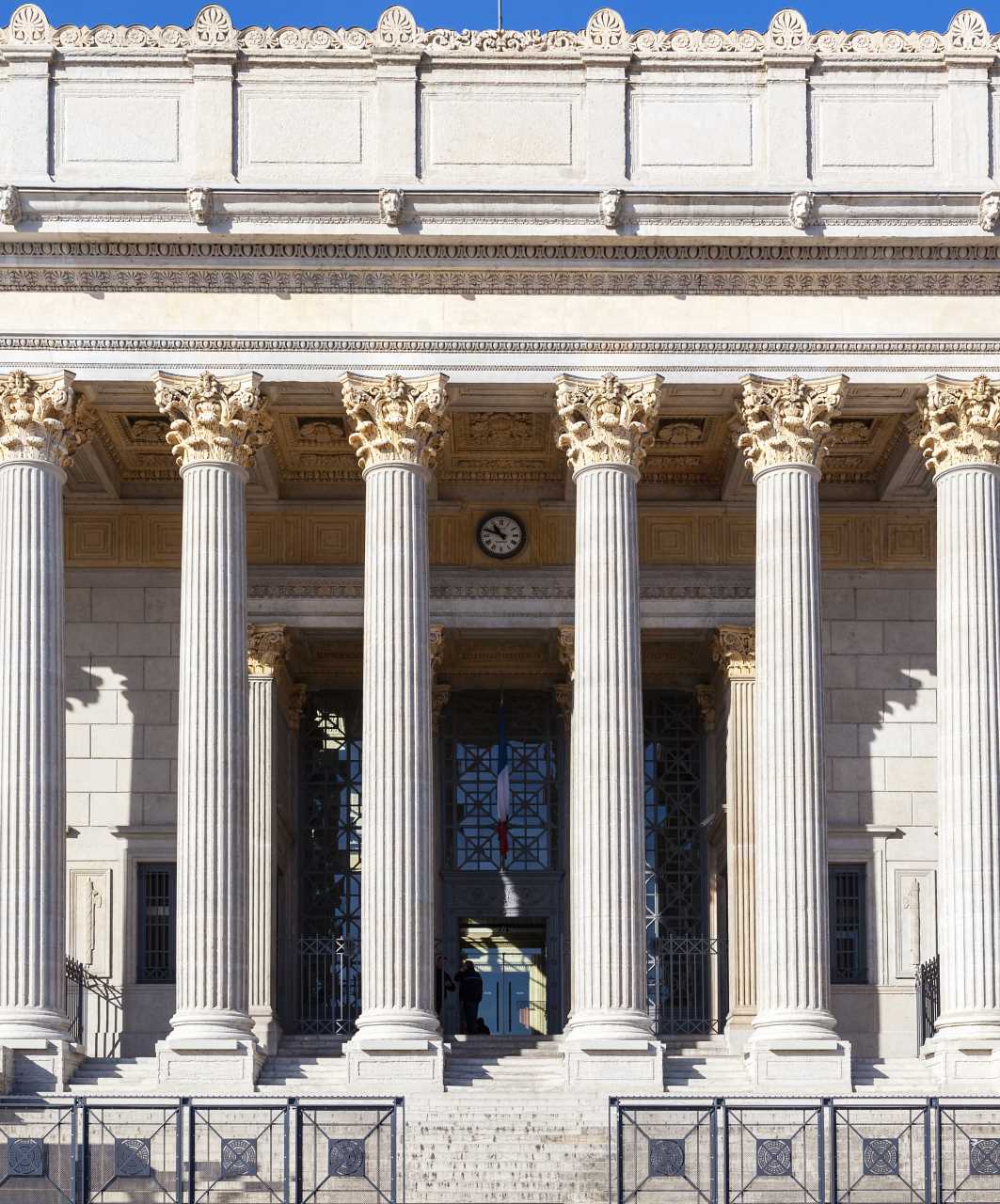
Fiberglass Reinforced Polyester (FRP) Column Covers
Refer to column drawings and/or column specifications.
Usually referred to as Fiberglass Column Covers, they are manufactured with typical lightweight 3/16″ thick fiberglass materials similar to a boat hull or a fiberglass shower surround. Fiberglass column covers serve no structural load bearing capacities and are for decorative purposes only, usually concealing a structural post. Fiberglass column covers are hand manufactured in halves specifically for column covers or pilasters. Butt joints are the most common for adjoining column halves together with recommended adhesives. Fiberglass column covers are the most versatile in design and are not limited to standard sizes. Various sizes and custom shapes can be achieved with the molding process. Fiberglass column covers can be pre-finished with custom textures and colored gelcoat finishes, but the vertical joints and attachment points must be considered in the design. If painting is not the desired finish, custom designed joints can be created for a finished vertical caulk joint.
For standard fiberglass column covers it is recommended that the columns be field painted so the vertical joint and attachment hardware can be field patched and repaired to create a monolithic column. Fiberglass column covers are most practical for custom sizes and have unlimited finishes and design flexibility.
Capitals and Classical Orders of Architecture
Classic historical reproductions of ancient Roman and Greek architecture can be seen in each ornamental column and capital. The design of each distinct capital has withstood the test of time and has evolved throughout Roman and Greek architecture. Fiberglass molding techniques make is possible to reproduce these historic fine detailed ancient capitals. Capitals include Tuscan, Doric, Roman Corinthian, Scamozzi, Temple of Winds, Roman Ionic, Empire, Roman Doric, Greek Angular, and Greek Erectheum. These capitals are proportioned based on the diameters and heights of the columns they crown.
Columns and The Five Orders of Architecture
In classical styles of architecture the various column types fall, in general, into the five so-called classical orders, which are named Tuscan, Doric, Ionic, Corinthian and Composite. Each order comprises the column with its base, shaft, and capital and the supported part, or entablature, consisting of architrave, frieze and cornice. Each order has its own distinctive character, both as to relative proportions and as to the detail of its different parts. The entablature height is generally about one quarter that of the column; a pedestal, when used, is about one third the height of the column. For the Doric order, the Ionic order and the Corinthian, originally developed by the Greeks, the Romans attempted to formulate the proportioning of their parts. In Greece, the Doric was the earliest order to develop and was used for the Parthenon and for most other temples. The Corinthian was little used until the Romans adapted it. They employed it more than they did any other order and introduced brackets, or modillions, in its cornice. The Roman orders made greater use of ornaments than the Greek, and their column proportions were more slender.
In the 15th century architects made drawings of Roman ruins and applied the Roman orders rather arbitrarily to building designs. In the 16th century a more systematic use of orders was practiced. Architectural writers, notably Serlio, Scamozzi, Vignola, Palladio, and Sanmichele crystallized the Roman versions and additions (Tuscan and Composite) into the five definitely formulated orders, with minute rules of proportion. Using the classical orders as a basis, the designers of the Renaissance and of subsequent periods created many variations. However, during the classic revival a strict adherence to the proportions of the original Greek and Roman models became the rule. Though 20th-century architects are aware of the orders, they traditionally vary from the original orders.
Our Fiberglass columns and decorative capitals gallery
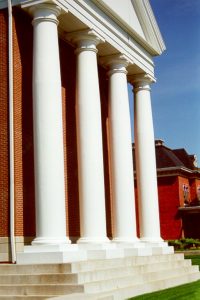
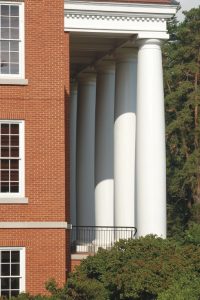
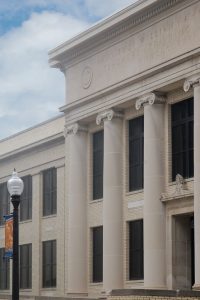
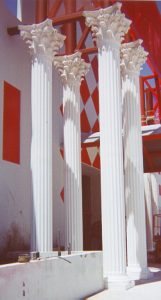
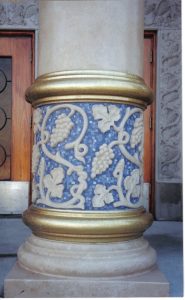
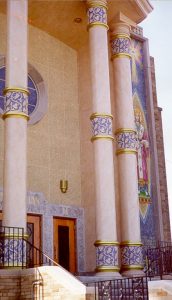
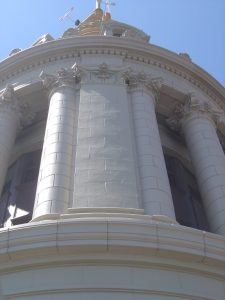


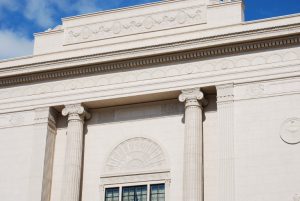


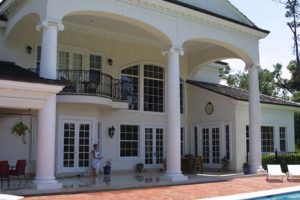

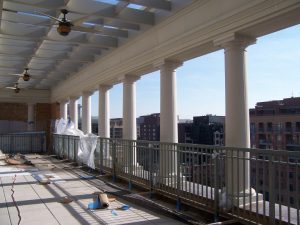
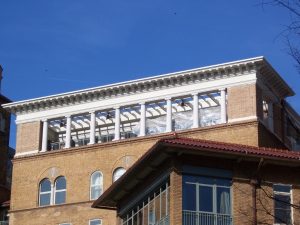


Download Drawings and Specifications

Columns Details
(141 KB)

Columns - Column Covers
(442 KB)

Columns - Capitals
(385 KB)

Columns - Polymer Composite
(767 KB)

Columns Details
(233 KB)

Columns - Column Covers
(480 KB)

Columns - Capitals
(616 KB)

Columns - Polymer Composite
(2.59 MB)

Columns Details
(48 KB)

Columns Details
(141 KB)

Columns - Column Covers
(442 KB)

Columns - Capitals
(385 KB)

Columns - Polymer Composite
(767 KB)

Columns Details
(233 KB)

Columns - Column Covers
(480 KB)

Columns - Capitals
(616 KB)

Columns - Polymer Composite
(2.59 MB)














